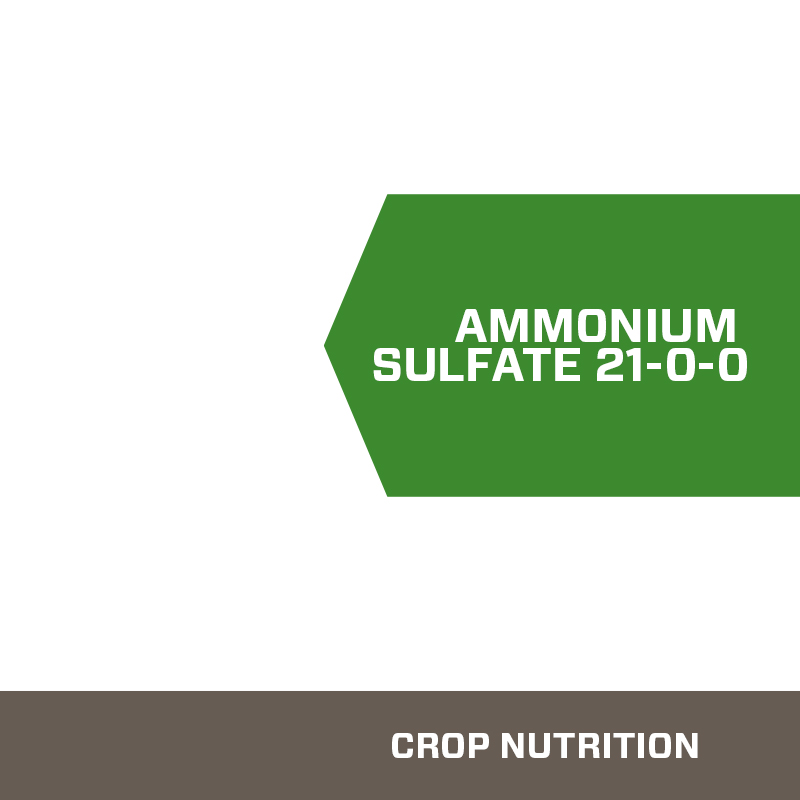

Thus the overall reaction, combining 2 with 3, gives:.(s)(pale blue precipitate) + 4NH 3(aq) ⇌ 2+(aq)(dark blue solution) + 2OH –(aq) + 2H 2O(l) The copper(II) hydroxide precipitate reacts with ammonia molecules to form tetra-amine-di-aqua-copper(II) ions This involves ligand exchange:.2+(aq)(pale blue) + 2OH –(aq) → (s)(pale blue precipitate) + 2H 2O(l) This involves deprotonation of two of the water ligand molecules: The hexa-aqua-copper(II) ions react with hydroxide ions to form a precipitate.Ammonia is a weak base and forms a few ammonium and hydroxide ions in solution:.The reversal of the process is easy to explain since sulfuric acid is capable of neutralising the alkaline ammonia and causing the reaction to reverse back to the start:ĬuSO 4(aq) (pale blue solution) + 2NH 3(aq) + 2H 2O(l) → Cu(OH) 2(s) + (NH 4) 2SO 4(aq) (pale blue precipitate)Ĭu(OH) 2(s) (pale blue precipitate) + ammonia → complex copper compound (dark blue solution)Ī rather more advanced treatment in terms of complexes and ligand exchange would involve the following explanation: If this experiment is being carried out with pre-A-level students, the reactions occurring can simply be explained by reference to the addition of an alkali (containing hydroxide ions) being added to a solution of a copper compound, producing copper(II) hydroxide initially and later a complex compound of ammonia. Can you repeat the whole process by adding ammonia again to the acidified solution?.Do you get back to where you started – compare the three test tubes? Shake the tube gently from side to side after adding each drop. Add dilute sulfuric acid drop-by-drop to one of the solutions from step 3. Divide the solution from step 3 into two test tubes.What happens? Continue until you have a clear blue solution. What happens as you add a few drops of the solution? Add ammonia solution drop-by-drop to the first test tube.While wearing eye protection, put 10 drops of copper(II) sulfate solution into each of two test tubes.Dilute sulfuric acid, H 2SO 4(aq) (IRRITANT) – see CLEAPSS Hazcard HC098a and CLEAPSS Recipe Book RB098.Ammonia solution, NH 3(aq) – see CLEAPSS Hazcard HC006 and CLEAPSS Recipe Book RB006.The copper(II) sulfate solution is most conveniently supplied in a bottle fitted with teat pipette. Copper(II) sulfate solution, CuSO 4(aq), (HARMFUL) – see CLEAPSS Hazcard HC027c and CLEAPSS Recipe Book RB031.Read our standard health and safety guidance.Dilute sulfuric acid, 1.0 M (IRRITANT), about 10 cm 3.Copper(II) sulfate solution, 1.0 M (HARMFUL), about 3 cm 3 (see note 3 below).Try this practical as part of a complete lesson plan on transition metal complexes and ligand exchange from our Assessment for Learning collection. RSC Yusuf Hamied Inspirational Science Programme.

Introductory maths for higher education.



 0 kommentar(er)
0 kommentar(er)
